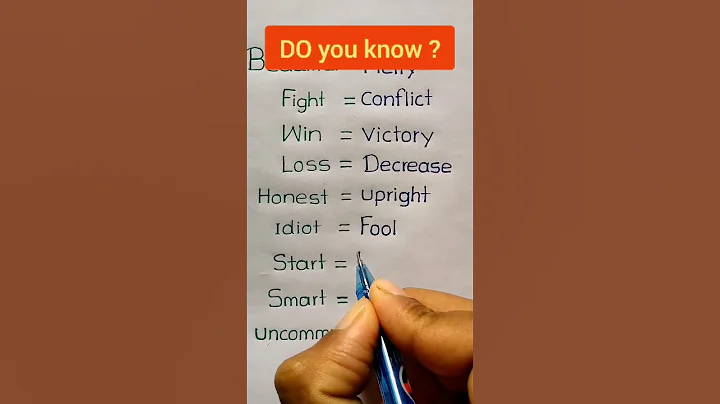Hunan Daily. New Hunan Client, September 18 (Reporter Li Chuanxin, Correspondent Qu Huiying and Zhou Nanxi) The third myopia prevention and control publicity and education month event in the country was officially launched a few days ago. On September 17, the Aier Institute of Optometry and Aier School of Ophthalmology, Central South University jointly released the "2021 National Children and Adolescents' Eye Behavior and Visual Environment Report at School and at Home" (hereinafter referred to as the "Report"). The report compared the differences in eye-use behavior and visual environment of students in the spring semester from March to June 2021 at school and at home, and found that children’s eye-use habits and visual environment at home were worse. Experts remind: the family is the main battlefield for myopia prevention and control, and the parents are the "gatekeepers" of the children's myopia prevention and control.
Four dimensions reveal children's eye behavior and visual environment
According to data from the National Health Commission, the overall myopia rate of children and adolescents in my country in 2020 is 52.7%. "Eye behavior and visual environment are the key factors leading to the high rates of myopia in children and adolescents, and they are also the top priority for the prevention and control of myopia." Deputy leader of the Optometry Group of the Chinese Medical Association Ophthalmology Branch, Central South University Professor Yang Zhikuan, a doctoral supervisor at the Aier School of Ophthalmology, said.
The "Report" collected more than 200 million eye behavior and visual environment data from six regions in Central China, South China , East China, North China, Northwest China, and Southwest China, with a total of 16,153 children and adolescents. Among them, elementary school students accounted for 96%, junior high school students accounted for 4%; boys accounted for 51%, and girls accounted for 49%. Based on big data technology, the "Report" compares and analyzes children's eye use behavior and visual environment at home and school from the four dimensions of eye distance, eye time, reading environment lighting, and outdoor effective exposure time.

Children at home: using eyes at close range is more burdensome
Scientific research has shown that outdoor activities are an independent protective factor for myopia. Outdoor activities of 2 hours a day and 10 hours or more a week can reduce the incidence of myopia in young people by more than 10%. But the worrying data is that the average effective outdoor exposure time of students is less than 1 hour per day from Monday to Sunday.Especially on weekends, the average effective outdoor exposure time per day is actually less than that at school!
In terms of average eye distance, both at home and at school have reached the standard line of 33cm or more, and the average eye distance at home on weekends is slightly lower than during school. In terms of the length of close-range eye use, the average short-range eye-use time of students at home is more than 2 hours at night, and even on weekends, the average daily close-eye use time is more than 4 hours, which is a heavier eye load.
Reading environment lighting is also an important external environmental factor that affects the occurrence and development of myopia. The "Report" shows that the average illuminance of students at home at night only meets the minimum requirement (the eye-catching light is 125 lux). Compared with the average illuminance of more than 300 lux in school, improvement is still needed.

"From the data conclusions of the report, it can be seen that children's eye-use behavior and visual environment at home are not optimistic. This is why winter and summer vacations and weekends are the reasons why children are at high risk of myopia." World Health Organization (WHO) Qu Researcher Lan Weizhong, a member of the expert team of the prevention and control plan and deputy director of the Aier Institute of Optometry, reminded, “For children with developing eyes, it’s not advisable to use them at close range for more than 2 hours a day. The reading and writing posture of “one foot, one fist, one inch” should be maintained, that is, the distance between the eyes and the book should be about one foot (33cm), the distance between the chest and the desk should be about one fist, and the distance between the finger holding the pen and the tip of the pen It should be about one inch (3cm); at the same time, the three "20" principles must be observed, that is, if you look for nearly 20 minutes, you should look 20 feet (6m) away, and for at least 20 seconds. In addition, it is recommended that children keep outdoor activities every day More than 2 hours to prevent the development of myopia.”
Experts also suggest that parents should take their children to a professional ophthalmology medical institution for examination regularly from the age of 3, establish a refractive development file for the child, and record the child’s refraction Development status, at least twice a year, to achieve early detection and early intervention. If the child has myopia, go to a regular ophthalmology medical institution to correct it through scientific methods to avoid the development of high myopia (more than 600 degrees).
[Responsible editor: Wang Mingjun]
[Source: Hunan Daily · New Hunan Client]
.










